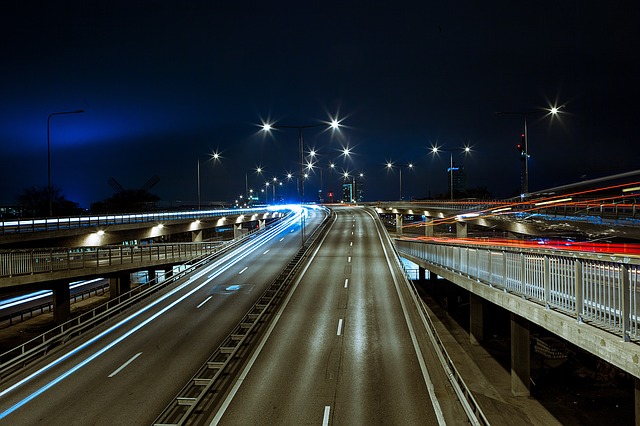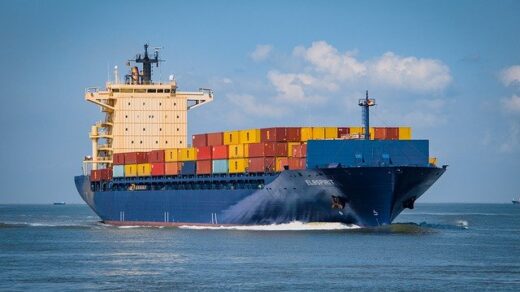
Curious how the infrastructure sector is being impacted by current events? With a global pandemic, national labor shortage, and natural disasters, this industry has seen major changes.
Let’s take a look at how several high-profile infrastructure projects are faring in 2021.
Central Subway Chinatown Station
In California, the San Francisco Municipal Transportation Agency has been working on the Central Subway project since 2012. The 1.7 mile-long extension of the Metro T Third Line is expected to improve the quality of public transportation in the densest areas of San Francisco.
One of four new stations being constructed along this route is the Chinatown station, which won the International Tunneling and Underground Space Association award in 2020.
In part, this award was given due to the complicated nature of the project. The design and engineering had to account for the historical significance of the area, narrow streets, poor ground conditions, and various utilities.
The goal for opening the station for public use is in the spring of 2022, and as of July of this year, they have started running test trains along the central subway line.
Pensacola Bay Bridge
Originally opened in September of 2019, the Pensacola Bay Bridge suffered significant damage in 2020. During Hurricane Sally, several unsecured barges crashed into the bridge, followed by another in December.
After the damage was done, traffic was rerouted, and parts of the bridge closed. Although an initial completion date was set for March 2021, this was pushed back to May of the same year when the bridge finally opened.
Drivers are still experiencing delays when attempting to cross, and the second span of the bridge is expected to begin construction in early 2022.
Denver International Airport Great Hall
In November 2019, it was announced that the Denver International Airport was taking over the construction of its great hall project, costing an estimated $770 million. Previously part of a partnership with a Ferrovial-led consortium that amounted to $1.8 billion. Denver International Airport decided to take over the project after disagreements about project details, management, and costs.
The great hall has just started Phase 2 as of this August. This current phase is operating concurrently with Phase 1, which is expected to wrap up by the end of 2021. Phase 2 has an expected end date of mid-2024. By the time Phase 2 is completed, four new restrooms will have been added, passenger flow improved, and a new checkpoint opened.
200 Amsterdam
This 52-story luxury condo building in Manhattan has been the source of contention for many over the last few years. In 2020, several community groups brought a lawsuit to the New York courts claiming that the building was too tall for the neighborhood and could only be constructed by misinterpreting city regulations when the building permit was issued.
A long legal debate over zoning laws, loopholes, and community concerns eventually resulted in several appeals and rulings before finally siding with the building developer.
As of this September, the New York Court of Appeals denied the opposing group’s attempt to appeal another previous ruling that upheld 200 Amsterdam’s building permits. The condos are now for sale, and the building is expecting residents to move in soon.

Purple Line Light Rail
One of the first U.S. transit projects to rely on private financing, the purple line light rail in Maryland has seen its fair share of problems over the last few years.
The project, consisting of 16 miles of light-rail tracks, has an estimated cost of $5.8 billion and seeks to connect the Washington D.C. suburbs of Maryland. Construction stopped abruptly in September of 2020 when lead contractor Fluor withdrew from the project due to delay-related costs the company says the state refused to pay.
Many view the project as a waste of time and money. Eric Thronson reports that some public transit systems have lost 90% or more of ridership at the peak of the COVID-19 shutdown and that the numbers are still low. With more people working from home, there is a question of necessity to this project.
A new contract was supposed to be finalized this September, but teams bidding on the project have asked for some more time to submit their proposals.
T3 Bayside
When completed, the T3 Bayside building in Toronto will include the tallest office building in North America constructed out of cross-laminated timber.
Comprised of two buildings, this project will feature a ground-floor public space, retail space, and a flexible event, co-working, and office space. The building is also expected to have a LEED-Gold certification according to the owner and developer, Hines.
The first building began construction six years ago in the East Bayfront area of Toronto and is now nearing completion. The third residential building broke ground in early 2018 and reached its final height of just over 50 meters in July 2020.
While the finishing touches were put on certain areas, the first wave of residents was able to move in during July 2021.
Final Thoughts
As you can see, the last few years have shown tremendous growth and complications within the infrastructure sector. While some projects like the Central Subway Chinatown Station have been rewarded, others like the Purple Line Light Rail have been condemned for wasting taxpayer money. World events like the COVID-19 pandemic inevitably affected these projects, impacting opening dates and public perception. However, we expect the infrastructure sector to continue growing with fewer delays than in 2020 and 2021.

